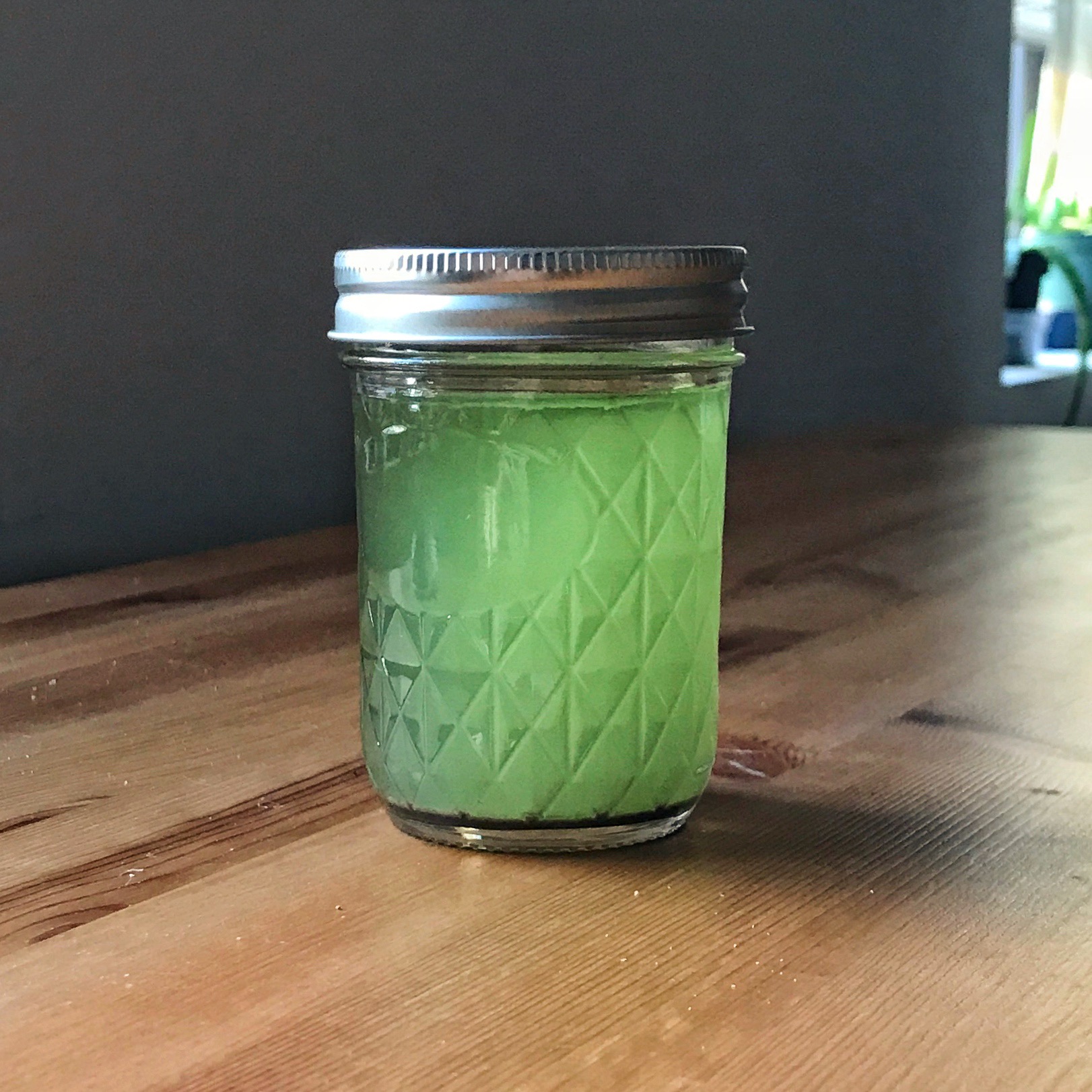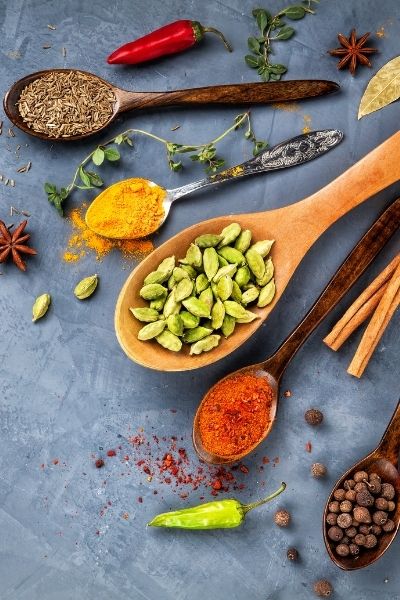Easy DIY Āyurvedic Herbal Oil
Recipe by Jennifer Kurdyla
In the Āyurvedic texts, plain sesame oil is touted as the “king of oils,” yet there are many reasons why someone would opt for another substance for their oiling routines. There are hundreds of formulations for herbal oils in the texts, which offer different medicinal benefits because the herbs cooked into the oil will change the properties of the oil itself.
The Āyurvedic method of making herbal oils goes beyond simply soaking herbs in oil (what’s known as a “cold infusion” in herbal medicine). But it’s not as complicated as you might think. Here’s the recipe for a simple one-ingredient herbal oil, which you can make at home. Depending on your body and the season you’re in, you can choose the right herbs and oil base to combine—have fun experimenting!
Ingredients:
1 part herb(s) of choice (preference is for powdered herbs, or dried; do not use fresh herbs for this method)
16 parts water
4 parts oil/fat base
Example:
(this is a good amount to start with for personal use)
¼ cup powdered herbs
16 cups water [reduced to 1 cup]
1 cup oil
→yields 1 cup oil
Suggested combinations:
Gotu Kola (Centella asiatica) + unrefined organic coconut oil — excellent for summer season/pitta, for skin and scalp massage
Dashamula + untoasted organic sesame oil — excellent for fall/winter/vāta imbalances

Method:
If your herbs are powdered, you can place them in a reusable tea bag or tie up in cheesecloth to keep the process neater, but it’s OK to just use them loose.
In a large pot, combine 4 parts water with the 1 part herb(s). Place the handle of a spoon in the liquid and mark how high the water comes up. You’ll use this to check how much water is left as it reduces.
Add the rest of the water to the pot (16 parts water total). Simmer on a low heat until the water reduces to 4 parts (checking with your spoon). (Do not cover the pot.)
Add 4 parts oil to the pot with the water and herbs. Continue to cook, uncovered, until all the water has evaporated—the bubbles will diminish over time until there are none left, you’ll hear a tinkling sound, and the oil will look clear (not cloudy). Use your spoon handle to check the quantity.
Let the oil cool slightly, then strain through a mesh sieve layered with cheesecloth or a nut milk bag. Try not to let any remnants of the herbs in the final jar, but if some trickle in that’s okay. Press out any remaining oil with a spoon or spatula.
Compost the discard herb, and pour the oil into a glass jar or bottle (use a pump bottle for abhyanga). Store in a cool, dark, dry place for up to 6 months. Do not get water into the jar.
Suggested use:
- For abhyanga:
Warm the oil by placing the jar in a cup or bowl with boiling water (if using a coconut oil, you’ll want it to be liquid). Apply up to ½ cup of oil to the whole body, using long, downward strokes on the limbs and circular strokes on the joints. Let the oil sit for 5 to 25 minutes (longer will help the oil and herbs penetrate deeper); you can put on an old robe or clothes you don’t mind getting oily, and do a calming activity like meditate, journal, or read. Then, take a hot shower and wash off the oil completely. If you don’t have time for full abhyanga, you can also apply the warm oil to your feet before bed to promote restful sleep.
- For head massage:
Before bed, warm the oil by placing the jar in a cup or bowl with boiling water (if using a coconut oil, you’ll want it to be liquid). Apply the oil to the scalp using a dropper or your fingers (it’s harder to get the oil on the scalp with the palms of the hands). Massage from the hairline to the base of the scalp in a “shampooing” action. You can rub any remaining oil into your hair, but the focus here is the scalp. Cover your pillow with an old towel to protect your linens. Go to sleep with the oil on the head, then shampoo your hair in the morning. You should ONLY use coconut oil on the head, as other oils (especially sesame) are too heating.


